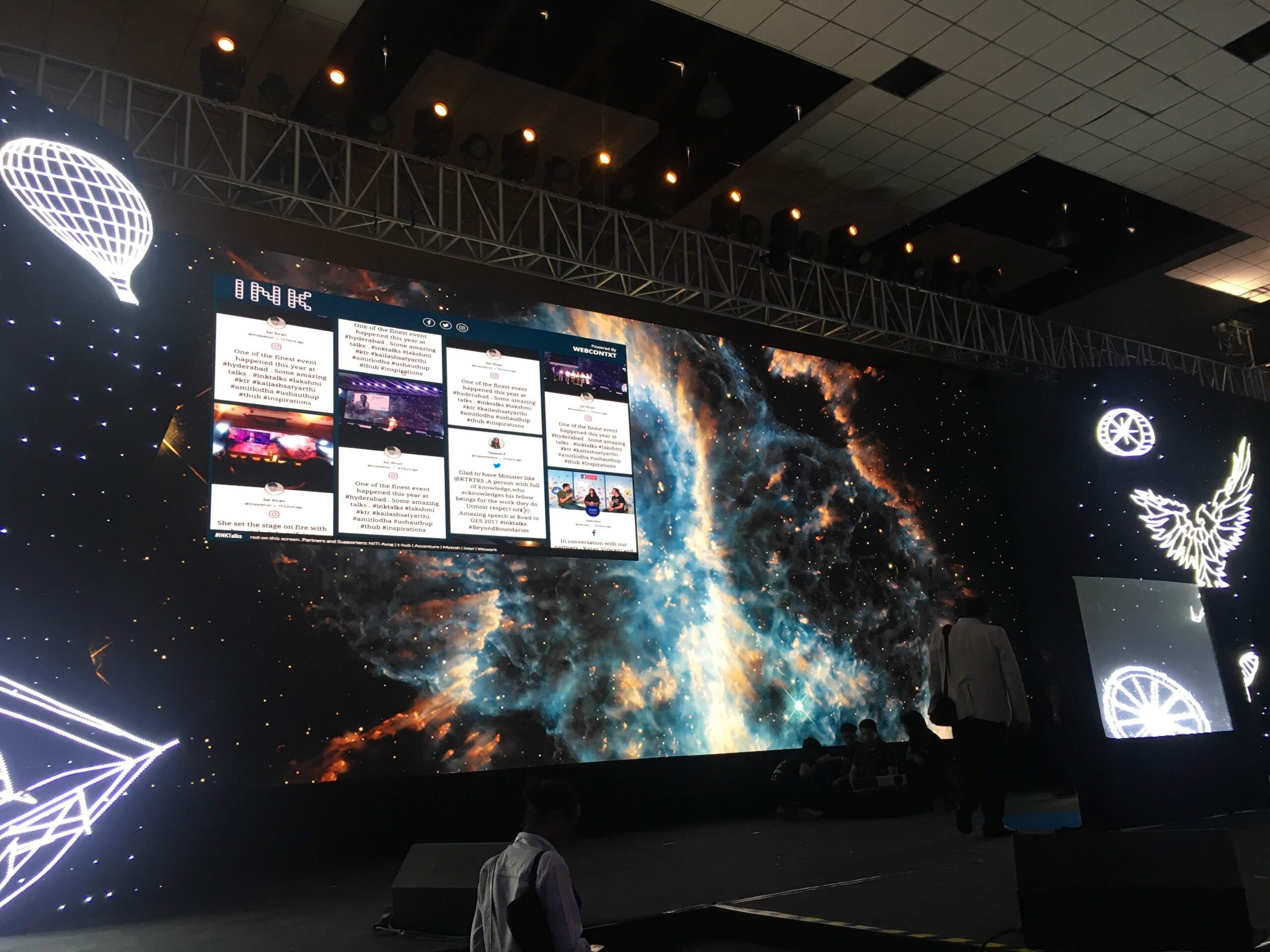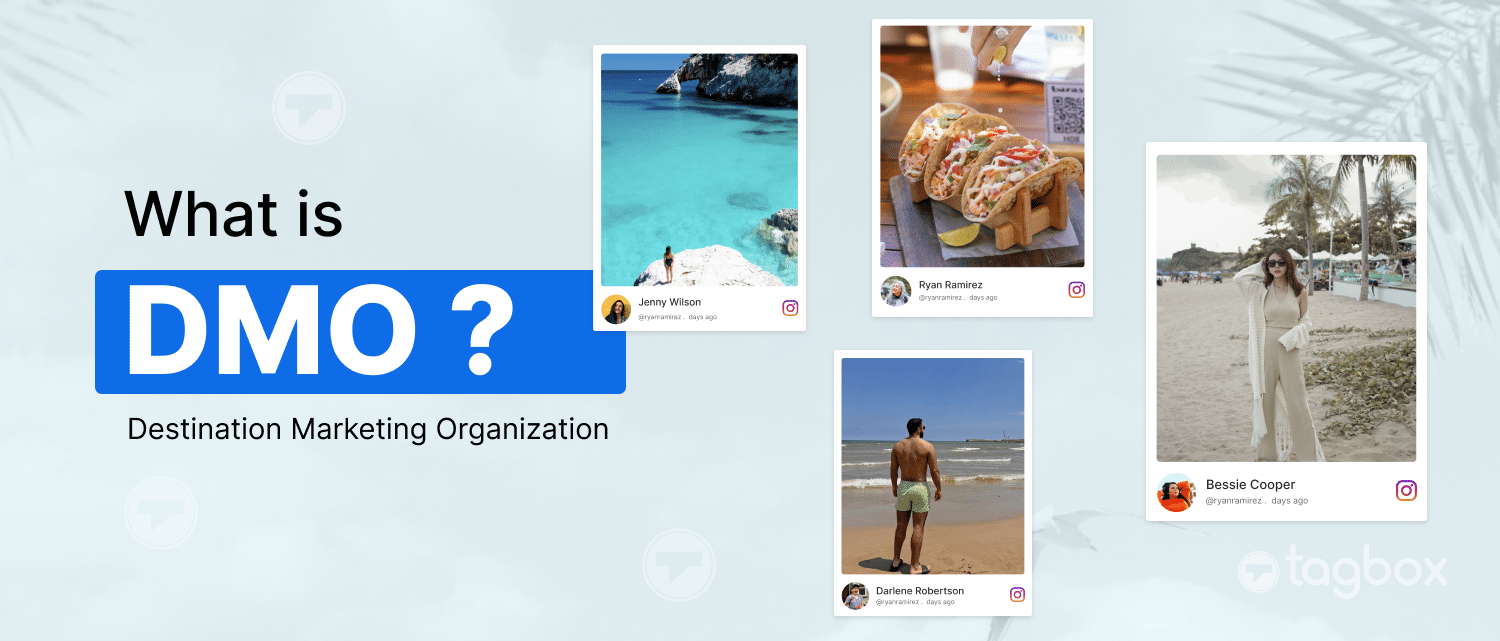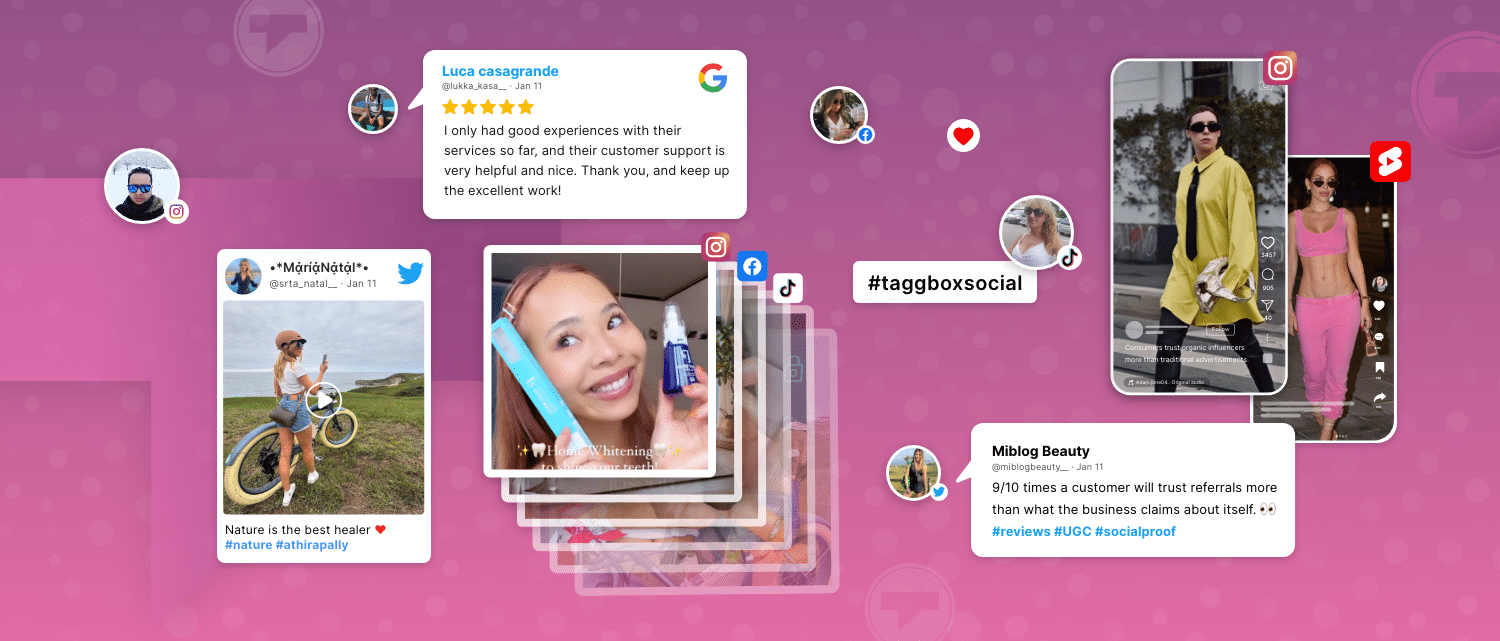How To Plan A Product Launch Event – Ideas, Example & Best Practices [2024]
Trying your best, using every possible marketing intel, inculcating every recent trend, but still not getting results in audience engagement?
Planning a product launch event that brings results can be challenging. We all have been there! However, through experience, we learned something that would help you achieve your event objectives, whether online or offline; we’ve got you covered.
Here’s the event guide you have been looking for, we will show you tools, how you can stage and conduct your launch, tips, and strategies to help you keep your audience involved and engaged in activities that market your product and spread positive word of mouth.
So, without further ado, let’s get into this event planning checklist.
What Is A Product Launch Event?
A product launch event generates thrill and curiosity, creates buzz, and helps drive demand for a new product before its release.
These events or gatherings are all about the product, enlightening the audience about the importance and qualities of the new launch.
An excellent example of a product launch event is a fashion show where designers showcase their new designs to the world and fashionably set styles for the new season. Go through the below sections and learn how to host an event and take it towards success as we have provided it all, from strategies to ideas to examples in our event planning checklist.
Top 9 Interesting Product Launch Event Ideas
This section contains fantastic product launch plan ideas to help execute your event:
1. Product Showcase
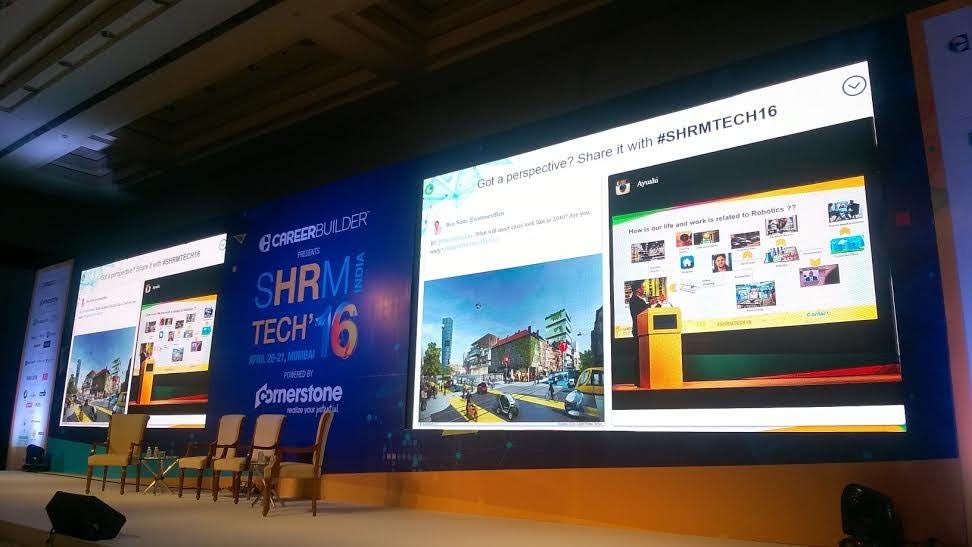
Product Showcase is the core of your event, where you highlight your product’s features, benefits, and uniqueness from others in the market.
Set up interactive product demo and display stations. Explain in detail to give attendees a firsthand experience of your product’s potential. Furthermore, sending interactive product demos to event attendees a few days before the event can intrigue them about your product’s features. An AI demo app can help you automate your demo creation process, customizing each one to fit the user’s interests and interactions.
2. Partner With Experts and Influencers
Collaborate with industry experts and influencers who align with your product’s and brand’s niche. Their endorsement and presence can increase credibility and attract a larger audience to your event, hence helping you boost brand awareness.
3. Contests and Gamification
Host an event and engage attendees with interactive games or contests related to your product. Create excitement and encourage participation in contests, polls, games, and interaction with the brand and among themselves, leading to a memorable experience through event gamification.
4. Tell the Story of Your Product
Share how your product came into existence from being just your dream. This can include the challenges faced, innovations, and your vision behind the product. A compelling narrative can emotionally connect attendees to your brand, which can help you expand your connections.
5. Include Live Entertainment and Performances
Another idea that can undoubtedly take your product launch plan towards success is including Live Entertainment and Performances, as they help keep the event lively and engaging. Incorporate live entertainment like music performances and a speaker. This adds entertainment value and prevents the event from feeling too formal or dull.
6. Product Experience Zones
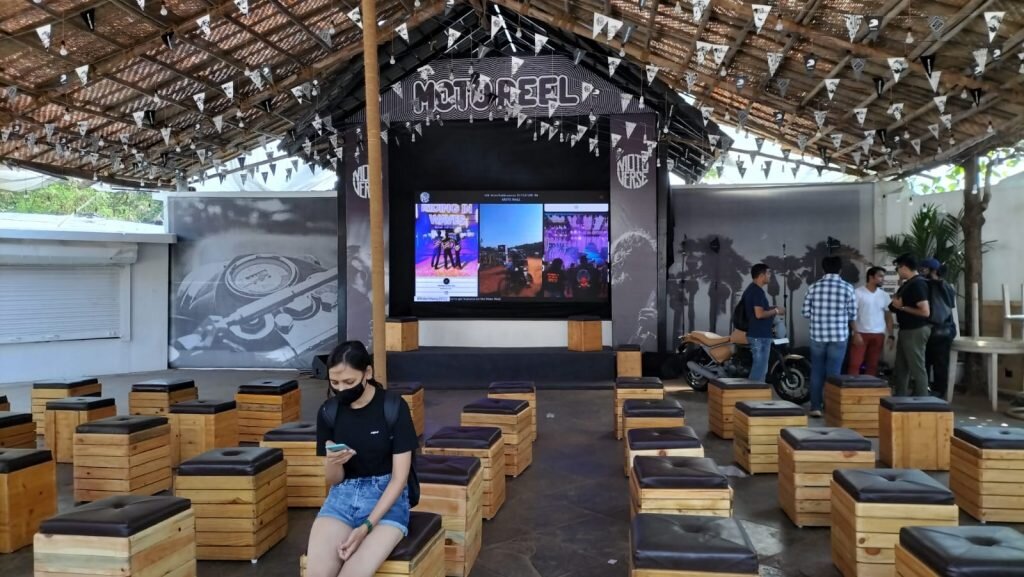
Create dedicated zones where attendees can indulge in your product’s various aspects. For instance, if launching a technological gadget, set up zones for hands-on testing and support for answering their doubts and questions.
7. Offer Limited Editions of Your Product
Offer Limited Editions of Your Product to create a sense of urgency and exclusivity during the launch event. This tactic can increase sales and help you set a higher bar for your product.
8. Workshops and Panel Discussions
Get working on your event engagement by organizing or hosting workshops related to the problem your product solves or the industry it belongs to. This educates attendees and positions your brand as a thought leader in the market.
9. Plan an Event with a Social Impact
Consider tying your product launch plan to a social cause. You could donate some of the event’s earnings to a charity. This makes the event more meaningful and showcases your brand’s commitment to social responsibility.
How To Create A Successful Product Launch Plan
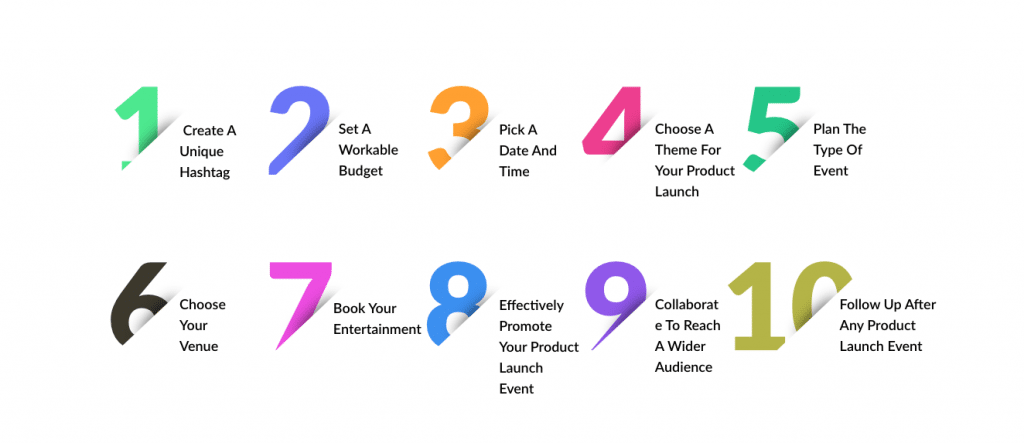
Creating a successful product launch plan requires careful planning and coordination for a memorable execution. Go through the guide below to create an effective product launch plan with creativity.
1. Create a unique hashtag
Take the story of your product and spread the buzz among people through hashtags, as they can help you take your brand to another level on multiple social media channels. Instagram is a good platform to use. You can get Instagram followers to share your unique hashtag.
Hashtags provide an opportunity to link your event to social media channels and can act as a hashtag marketing campaign, which can lead to starting conversations and participation through posts
2. Set a workable budget
Be practical and realistic while setting up a budget for your product launch, as it will set your expansion scale, and you probably don’t want to cut down on activities as it can affect your event engagement.
Create a budget plan for how much money to spend on everything for the event for no confusion. Make sure you divide the money for things such as decoration, venue, entertainment, promotion, marketing, etc.
3. Pick a date and time
Choose a date and time that aligns with your target audience’s availability and preferences. Avoid scheduling conflicts with major holidays or industry events.
Remember the type of your audience, such as teens or kids, techs or corporates, and age criteria while choosing a date, as it will ensure their presence. Other things to consider are the age factor, time, and month according to your product.
4. Choose a theme for your product launch
Select a theme that resonates with your brand and product. This theme should guide your event’s aesthetics, decorations, and overall atmosphere, creating a memorable experience.
If you are launching a game product, ensure that there are engaging activities for people to celebrate and try out your game; make sure your theme resonates with relevancy helps you achieve your goals, and makes you newsworthy.
5. Plan the type of event
Decide on the format of your event. It could be a formal presentation, a cocktail party, a trade show, or a casual gathering. Tailor the event type to your audience and product.
For example, while launching a new food line, you must have food tasters to try them and place their orders.

6. Choose your venue
When it comes to the venue, you must remember that it reflects your brand. To accommodate the anticipated attendees, consider factors like accessibility, parking, and technological requirements.
Pick an event location that works best for the event itself, is easy to reach, and has clear directions so as not to cause any inconvenience. The main factor is ensuring the venue can hold the guest’s capacity.
7. Book your entertainment
Entertainment acts as an enhancement aspect of your event’s atmosphere and captivates attendees’ attention. Depending on your product and theme, consider event gamification, live music, a keynote speaker, a product demonstration, or interactive stations.
Entertainment should engage and educate while talking about your product’s benefits. Include games and comedy or offer multiple things like workshops and tryouts for different things.
Also Read – Top Event Management Companies in USA
8. Effectively promote your product launch event
Use a multichannel marketing strategy to promote the event. Utilize social media, email marketing, TikTok influencers, and partnerships to create anticipation. Teasers, countdowns, and behind-the-scenes content can build excitement.
People love to hear directly from the audience. “Achieve this conveniently by sharing an online business card with links to your event, videos, and more. Share it via emails, social media, etc. Existing customers can easily share this virtual card along with their content.”Pick the right social wall tool for your brand, product, and event type.
9. Collaborate to reach a wider audience
Collaborations amplify your event’s reach. Partner with influencers, experts, or brands to co-host and leverage endorsements for broader exposure.
Extend your event or product’s appeal by teaming up with artists or brands and accessing their followers. Enhance your launch through collaborative decor, limited edition artwork, performances, and workshops led by industry experts.
10. Follow up after any product launch event
Post-event engagement is a great event engagement idea that helps maintain relationships with attendees. Send thank-you notes, share event highlights on social media, and distribute surveys to gather feedback. This not only shows appreciation but also provides insights for improving future events.
It cements positive impressions, gathers feedback, and fuels ongoing promotions. Feedback shapes marketing and gives sales practical insights from real audience experiences.
11. Run social media ads
Social media advertising enables you to target specific demographics, increasing the likelihood of reaching potential attendees. Develop eye-catching visuals and run them on social media wall at your event and also on social media channels to attract.
This approach maximizes awareness, attendance, and engagement for your event within your target audience.
How To Organize A Successful Product Launch Event
Organizing a successful product launch is crucial in introducing a new product and positively impacting your target audience.
Here are some steps to take into consideration while organizing your event:

1. Understand your audience and their needs
Before planning any aspect of your product launch event, it’s essential to understand your target audience. Learn about their preferences, demographics, interests, and pain points.
For example, if your audience is young and trendy, they may appreciate receiving a personalized hoodie as event merchandise. This not only aligns with their style but also creates a sense of belonging through this unique item.
This information will help you tailor your event to resonate with them effectively. Consider creating buyer personas to better visualize and cater to your audience’s needs and expectations.
2. Choose the right product launch platform
The choice between a physical, virtual, or hybrid (combination of physical and virtual) event depends on budget, reach, and safety concerns.
Pick a platform that works well with your goals and provides the necessary features for engagement, networking, and showcasing your product, like tryouts and engaging activities. Additionally, consider hosting a website on GitHub for a reliable, cost-effective solution to manage event information and updates seamlessly.
3. Strategically schedule your hybrid or virtual product launch event
The timing of your event can significantly impact its success. Consider factors like time zones, industry events, and your target audience’s availability.
If you’re organizing a virtual event for a global audience, find a time that accommodates attendees from different regions. To ensure global support and easy access, offer toll-free numbers for event-related queries
4. Make your hybrid or virtual product launch an experience to remember
After your product launch event, keep up with them and know about their experience by sending follow-up emails using email software like SendGrid to attendees.
Summarize event highlights, share essential resources like downloadable materials or session videos, and express gratitude for their participation.
Successful Product Launch Event Examples To Inspire You
Here are some well-known, fascinating brand examples that used these event activation ideas to make their events successful.
Go through them and learn their strategies and steps that helped them reach their product launch goals to update your tactics.
1. Royal Enfield: Biker Event’s Engagement
In November 2022, Royal Enfield hosted their annual ‘Rider Mania’ event in Goa (India). To engage the attendees and promote their hashtag campaign, #IntoTheMotoverse, they utilized Taggbox Display Social Walls.
Their primary aim was to encourage attendees to participate in the #IntoTheMotoverse campaign, generating user-generated content (UGC).

The results were impressive, with over 8000 posts under the event’s hashtags, including 2.3k UGC videos and 6.3k images. The social wall kept attendees engaged and in the spotlight throughout the event.
Royal Enfield used the Taggbox social wall to effectively increase audience engagement and UGC during their Rider Mania Event.. It successfully promoted its hashtag campaign and encouraged active participation in content sharing.
2. Moschino Fashion Show
Among today’s tech and gadget companies, the fashion industry is also moving fast. Italian luxury fashion house Moschino had a brilliant idea to generate excitement for its upcoming fashion line.
They filmed a unique catwalk featuring Marionette puppets strutting their stuff in miniature versions of the collection.
But here is what you can learn from Moschino: To make your virtual product launch memorable by thinking outside the box.
Get creative with your presentation to capture attention and leave a lasting impression, setting yourself apart from the crowd just as they did being a fashion clothing brand and making a long-lasting and exciting impact on their attendees.
3. Samsung
Regarding product launch events, Samsung reveals its latest gadgets in the most remarkable ways. In 2021, they streamed the launch of the Galaxy S21 and smart earbuds on their website and YouTube.
Imagine a pre-recorded show that felt live, with presenters taking center stage and slick cut scenes introducing each new product.
Samsung, like other virtual product launch masters, knew the magic trick. They used an actual stage to film the event, adding flair and drama usually seen in live performances. Even though it was pre-recorded, the excitement felt real.
How Can Tagbox Help You?
Tagbox is a straightforward yet powerful social content aggregator tool to enhance your event’s success.
It simplifies content aggregation by collecting and showcasing content on websites, digital screens, and social walls during your events. With Tagbox SnapUp, you can effortlessly gather real-time content using hashtags and mentions, including reviews, feedback, and user-generated content.
You can moderate and customize the content to align with your event’s theme and publish it across various channels.
What truly sets Tagbox apart is its ability to provide valuable insights through analytics and the option to generate informative reports.
Furthermore, Tagbox allows you to secure content publishing rights from your customers and audience, building trust and ensuring your event’s content remains aligned with your branding.
In summary, Tagbox helping you can significantly contribute to the positive outcome of your product launch event, all while enhancing brand trust, awareness, user engagement, and, ultimately, sales.
Here’s How To Plan Your Next Event
Now that you know what your new creative launch needs to make its grand entry into the market, you can start the process. Every product launch is different. To succeed, focus on your product’s energy in your launch plan.
We’ve covered everything from event activation ideas and budget planning to promoting sources and platforms, themes and types of events, and activities to keep your audience engaged.
Not only that but tips on organizing your event perfectly, including tips and tricks and how to launch your product, taking it to unimaginable heights.
Go ahead and start your planning for the perfect execution of your event.

